
RJS1977
-
Posts
5,546 -
Joined
-
Last visited
Content Type
Profiles
Forums
Blogs
Gallery
Events
Exhibition Layout Details
Store
Posts posted by RJS1977
-
-
Yes, I thought that one would be found quickly, but as it includes my clubroom, I had to get it in! No idea where Steve's is, though! :-(
-
Sutton Coldfield:
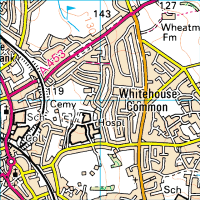
Formerly (?) the home of "Don's Miniature New Street" and associated model of Rugeley A Power Station - with 9 cooling towers!
The next square contains not only a standard gauge line, but also two miniature railways and a former show venue! But where is it?
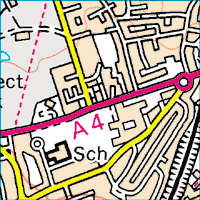
Arrgh - noticed Steve posted his answer while I've been getting squares together! What happens now?
-
I hadn't noticed before how much the sea slopes there! Must be a good place for water skiing! :-P
-
Looks like it's had a visit from HMS Troutbridge! Left hand down a bit!
-
But at that you can't make parallel moves at the "other" end,,,,
-
It's a little irritating that a name, which to many people means a particular iconic locomotive, has been so used.
From the NYMR website:
"The name was suggested by Valerie Walter, the Company Secretary of PV Premier, whose grandfather served with the Gordon Highlanders during the First World War, with no prior knowledge of the name having been used by the LNER in the 1930s for a very similar type of engine"
Still, I suppose it could have been named something like "Gordon, The Big Black Engine".
Wasn't there an electric loco (86 or 87) with that name as well?
-
Now, how about a model of it at the London Festival of Railway Modelling?
-
I suppose by reversing the goods yard and putting it in front of the FY, you can double the length of the scenic part of the layout without increasing the length of the layout itself.
-
-
I've got a copy of "60 plans for small railways" in front of me, which doesn't have a plan as such, but has a couple of scale 3D sketches (for the passenger only version and the version with the goods yard), with a scale alongside.
The size of the layouts are 6'8" x 9" or 1'5" respectively, which allowing 2" per track makes the platforms 1 1/2" wide.
The platforms are approx 4' long on the first plan (on the second, the front platform road is 6 or so inches shorter to allow access to the goods headshunt). The remaining 2'8" is the pointwork, which makes each point approx 8" long. I'm not sure which radius was used, but given that CJF's aim in designing it was to get a terminus in a small space, I'm guessing he used the smallest radius available. But as has already been said, one of the beauties of the plan is that it can be easily adapted to suit a given space (within reason).
Nigel Spate (Xerxes Fobe on here) was involved in building and operating a Minories-style layout a few years ago (its name unfortunately escapes me), and may be able to advise further.
-
I haven't worked it out yet, so if you know it Belgian, go for it!
-
Yes, that's the one!
-
How about a 1930s block of flats like these (the kit could be extended either sideways or vertically):
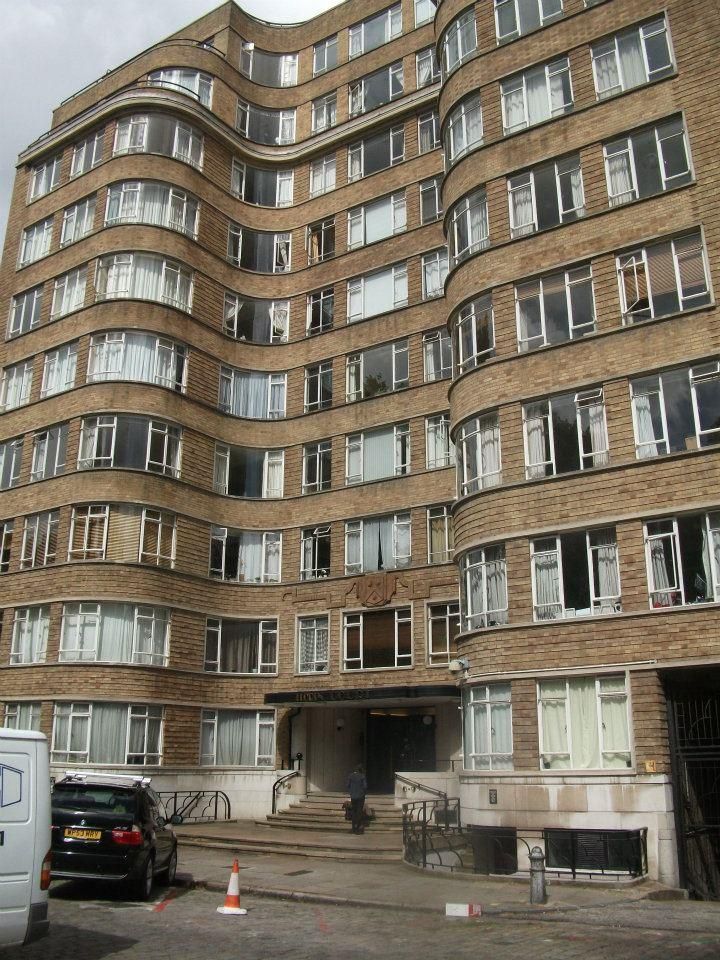
(Bonus point for anyone who can identify it!)
-
 1
1
-
-
This one's in the McAlpine collection:
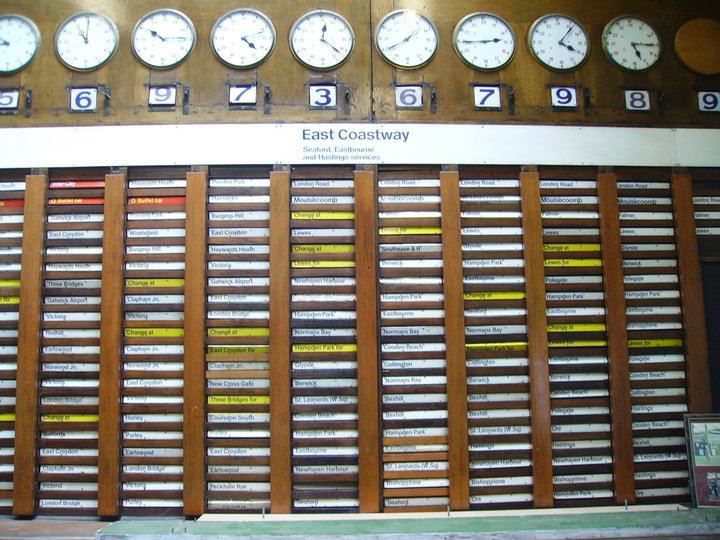
-
 1
1
-
-
I got the clue, but couldn't get the OS site to work properly last night! Never mind.... :-(
-
That's an interesting thought. Chiltern have shown no interest in electrification thus far and Marylebone is of course the last non-electrified London terminus. They have got more things right than most other TOCs and it will be interesting to see if they jump on the electric bandwagon.
If they stick with diesel then they have the option of accommodating growth by taking on some of the 165/166 fleet displaced from the Paddington services. They already run similar units and their operating routes have suitable clearances.
When I made the comment I'd been thinking that Chiltern were nearing the end of a 20 or 25 year franchise, when of course in fact they're 10 years into a 20-year deal. But in many ways that makes my suggestion more likely.
By the end of a second 20-year deal in 2042, the Turbos would be nearly 50 years old, so a 2022-2042 franchise would have to include replacing them. Since oil is likely to be even more scarce by then, the likelihood is that it would not be with a fresh batch of DMUs.
The Marylebone-Oxford route would probably be electrified fairly early on, as Oxford-Bicester is already slated for electrification and electrifying Bicester - Marylebone with infill to OOC would not only complete the service but provide an electrified diversion for FGW services between Paddington and Didcot.
That would then only leave another 30 miles to complete the route to Birmingham.
-
Good to see an "old friend" in some of your photos - ALD966B (along with most of the rest of the Blackpool Routemasters) was transferred to Reading in 1994 and ran here until shortly before RM operation ended in Reading in 2000. I believe it still belongs to an enthusiast somewhere near here, who was planning to return it to Blackpool colours.
-
Is this one on Caversham Lock island? I think there's another at the boatyard quarter of a mile or so downstream.
-
The GWS railmotor was also based at Southall in its first life.
If you haven't seen it, the Cuneo painting "Storm on the shed, Southall" might also be worth a look.
-
If Chiltern were to get their franchise renewed for a similar period to the current one, I wouldn't be surprised to see electrification of Marylebone-SH in there somewhere!
-
...but was it rebuilt specifically for OHLE, or was it rebuilt for some other reason (e.g. structural), and given 25kV clearance "just in case"? If youre building a new bridge anyway, most of the time it doesn't make much difference to the cost to give the greater clearance.
-
If the MML is electrified as far as Leeds, then with Leeds-York already authorised, this will only leave Birmingham-Derby, Oxford-Coventry/Bham and Southcote Jn-Basingtoke of the Reading half of the cross-country network without some form of "juice" (and I can see a good case for electrifying the latter two for the Soton-Bham freightliner traffic).
Any plans to fit any Voyagers with collector shoes?
-
Reflections at Cholsey:
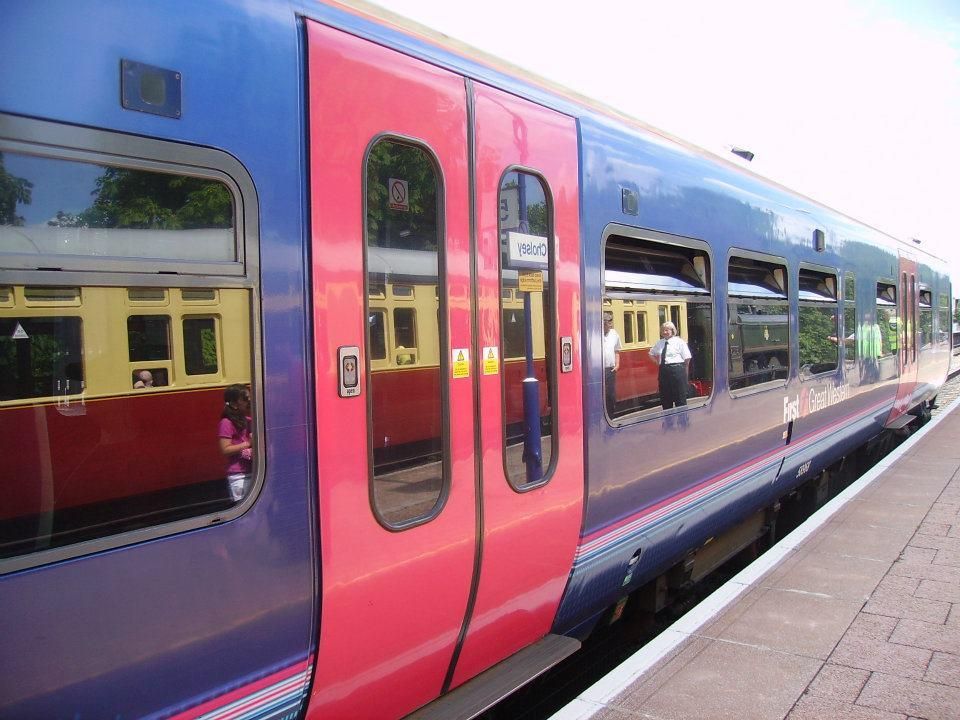
-
 12
12
-
-
Castle
My Wickham trolley is a card model (with removable roof for access to the mechanism), also on a Bachmann chassis - and I don't think I was the first either! At the time I built it I wasn't involved with the CWR so now I'm faced with the dilemma of whether to repaint it yellow (as per "Willy Skunk") or build another!
My model CWR fleet is mostly locos that have been on the line in the time I've been involved; namely the four resident diesels (Lion, Unicorn, George Mason and Carpenter - though Unicorn is a Kitmaster dummy!), generic 45XX (before my time, but I had it already), 14XX and auto coach (ditto), "Cumbria" (94XX) - awaiting lining (ugh!), Ivor (under construction), 56XX pannier (currently a GWR-liveried one from my main layout though should really be BR green), plus the three Mk1s, Siphon, salt van, toad, Fruit D, tank wagon (all in somewhat better condition than their prototypes, largely because several of them also see service on my 1930s GWR layout). Plus the vintage JCB used for heavy work!
In fact, the collection was started somewhat accidentally due to a miscommunication with the CWR shop manager over the 2011 Kenavon show! The result was that I had only a few weeks to put together a CWR display stand for the show, and the number of CWR-related models I owned, plus the opportunity to pick up two 08s and two Mk1s relatively cheaply during the same period made the course of action somewhat obvious!
-
 1
1
-

One Square
in Wheeltappers
Posted · Edited by RJS1977
Radstock:
Wasn't there a preservation society there at one time? Is that still on the go?
Now, where's this? (The trackbed - indeed, briefly the site of a "loco shed" - is pretty much where the "24" is, in case you're wondering!)